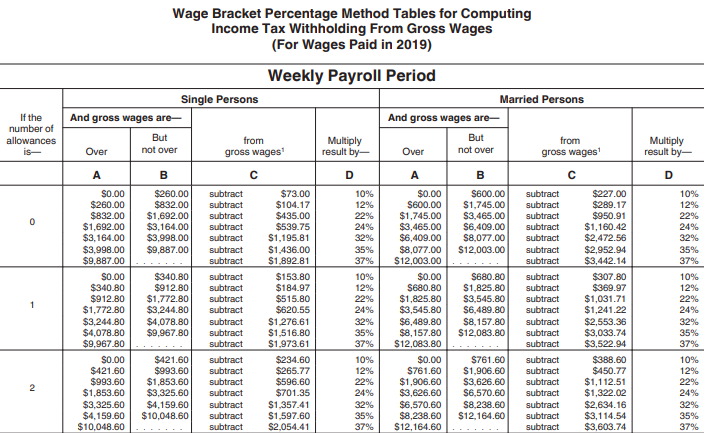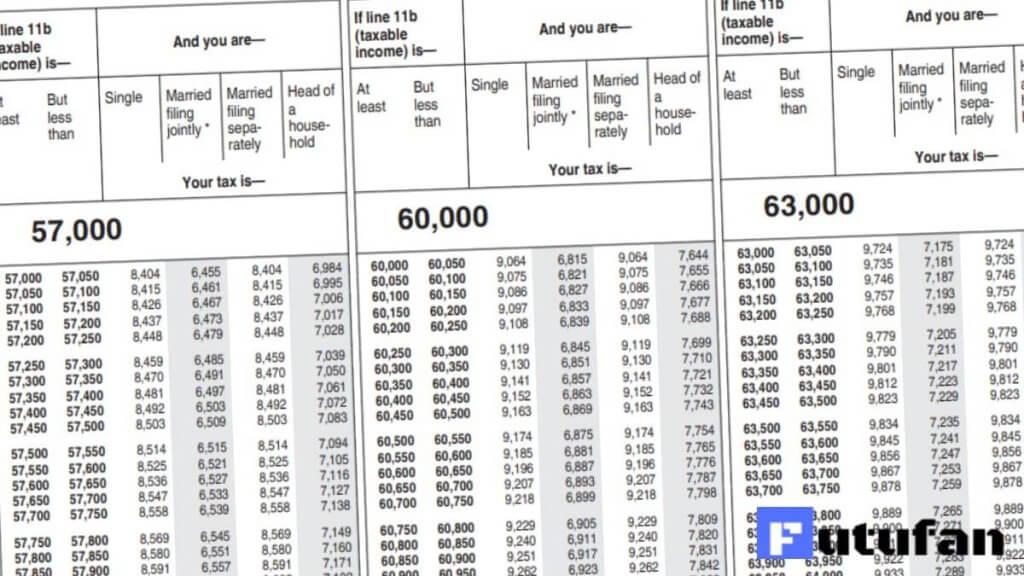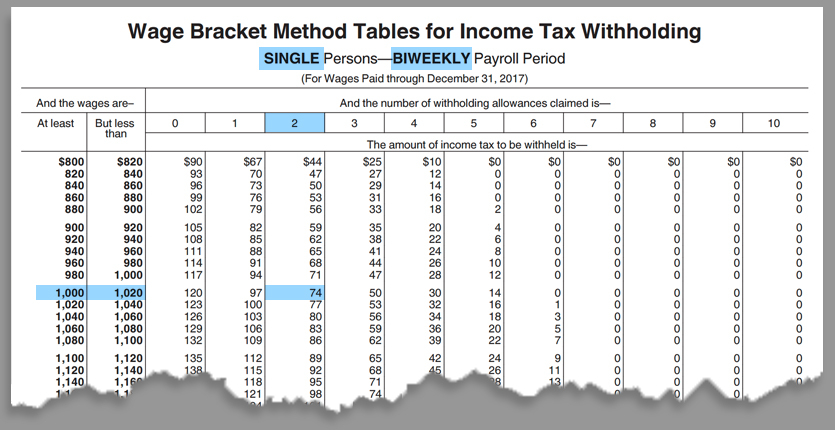
That leaves only $4,627 of your taxable income (the amount over $95,373) that is taxed at the 24% rate, which comes to an approximate $1,110 of additional tax. The next $33,724 of income (the amount from $11,001 to $44,725) is taxed at the 12% rate for an approximate $4,047 of additional tax.Īfter that, the next $50,649 of your income (from $44,726 to $95,375) is taxed at the 22% rate for an approximate $11,143 of tax. Again, assuming you're single with $100,000 taxable income in 2023, the first $11,000 of your income is taxed at the 10% rate for $1,100 of tax. The rest of your income is taxed at the 10%, 12%, and 22% rates. That's because using marginal tax rates, only a portion of your income is taxed at the 24% rate.

Your tax will actually be less than that amount. Since $100,000 is in the 24% bracket for single filers, will your 2023 tax bill simply be a flat 24% of $100,000, i.e., $24,000? Suppose you are single, and end up with $100,000 of taxable income in 2023. Here are a couple of examples of how federal income tax brackets work. Or if your income doesn't grow at the rate of inflation from one year to the next. So, when a tax bracket gets wider, there's less of a chance that you will end up in a higher tax bracket if your income stays the same. Wider tax brackets are a good thing because they help to prevent "bracket creep." According to the Tax Foundation, "Bracket creep occurs when people are pushed into higher income tax brackets or have reduced value from credits and deductions due to inflation, instead of any increase in real income." For 2023, the width of the 22% singles bracket grew. (Width is the amount of income taxed at the applicable rate – or in other words, the difference between the bracket's lowest dollar amount, and its highest dollar amount.)Īn example of this is the 22% bracket for single taxpayers. This shows up when we look at the "width" of the 2023 brackets and see that they got comparatively wider than before. Since inflation has been high over the past year or so, the impact of inflation adjustment on tax brackets was greater this year than what most of us are used to. 14, 2018).įor information about the federal income tax deductions, please visit the IRS website.Married Couples Filing Separately and Head-of-Household Filers: 2022 Income Tax Brackets Tax Rate You cannot deduct anything above this amount. The limit is $10,000 - $5,000 if married filing separately. Your deduction for state and local income, sales, and property taxes is limited to a combined total deduction.


If you keep all your receipts, you can deduct actual sales and use tax you paid during the tax year. If you did not keep receipts, the IRS provides an online Sales Tax Deduction Calculator to determine the amount of optional general sales tax you can claim, or you can use the Optional State Sales Tax Tables. (This does not apply if you take the standard deduction.) If you qualify to itemize your deductions on Form 1040, Schedule A, you can take this deduction. You may continue to itemize and deduct sales tax on your 2018 federal income tax returns. Businesses that make retail sales or provide retail services may be required to collect and submit retail sales tax (see Marketplace Fairness – Leveling the Playing Field).įederal sales tax deduction for tax year 2018 The business’s gross receipts determine the amount of tax they are required to pay.

However, people or businesses that engage in business in Washington are subject to business and occupation (B&O) and/or public utility tax. Washington state does not have a personal or corporate income tax.


 0 kommentar(er)
0 kommentar(er)
